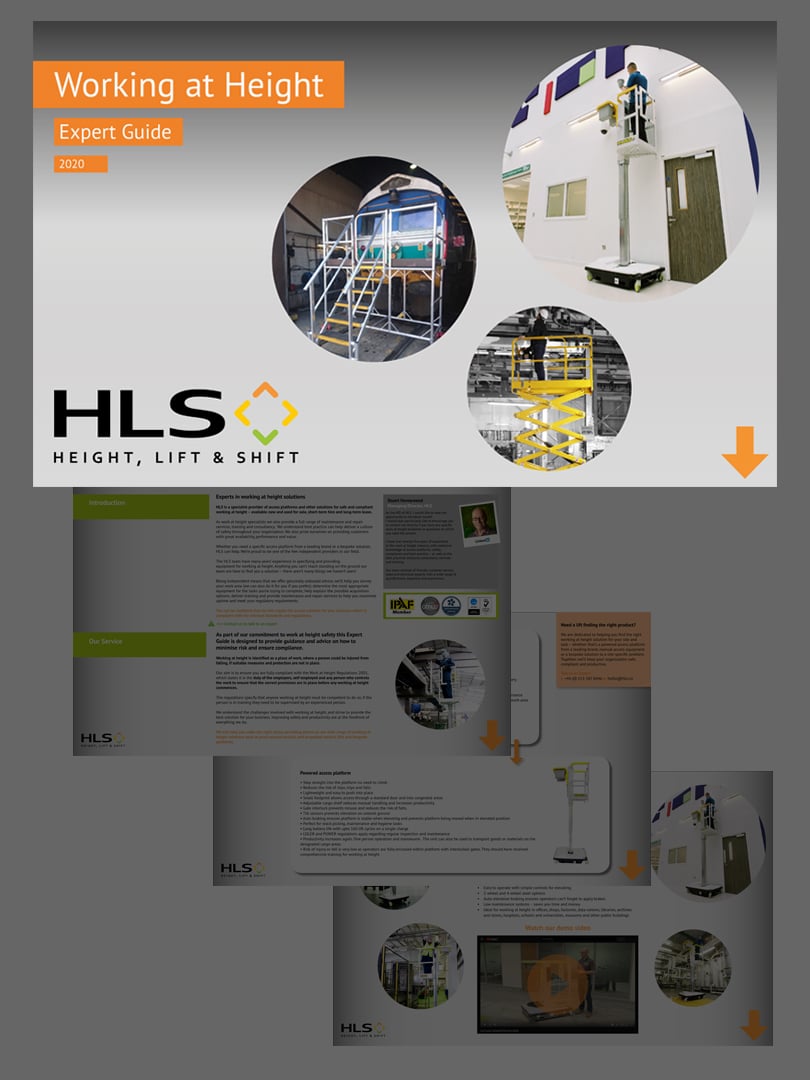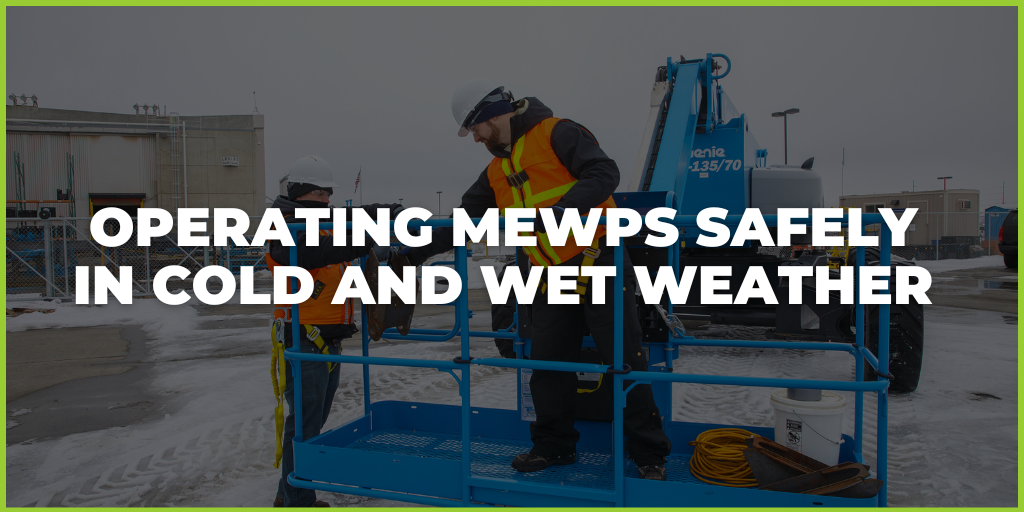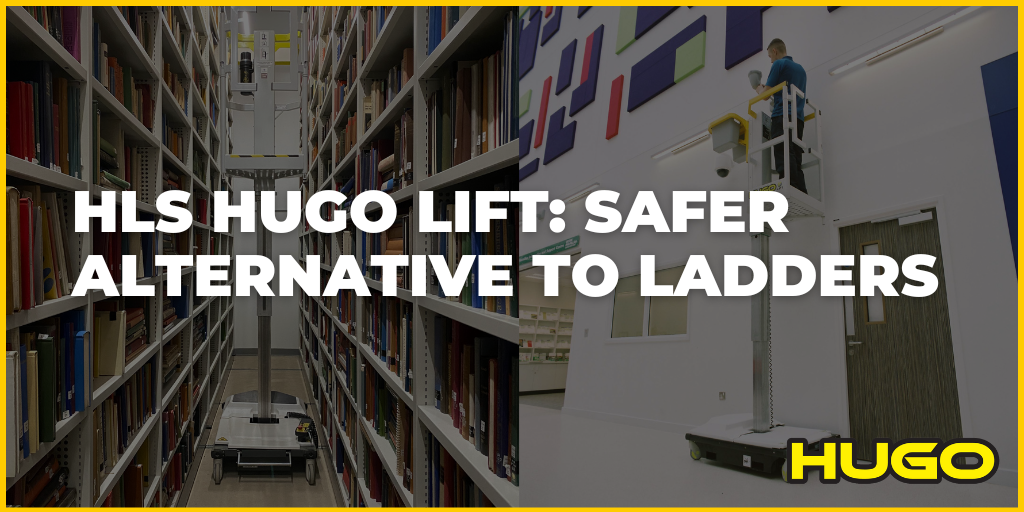With working at height comes risk, in 2021/2022, 29 workers died as a result of an accident caused by working at height. That's 2 per month, which is a slight decrease on the previous year. Over 60% of deaths during work at height involve falls from ladders, scaffolds, working platforms, roof edges and through fragile roofs.
Despite long term reductions in the number of workers killed by work activities, each year such cases continue, with 123 such deaths in 2021/22. This number compares. with 251 twenty years ago (2001/02) and 495 in 1981.
According to the latest HSE statistics, there were also 35,280 non-fatal accidents involving falls from height across all industries. That's 97 accidents every day!
.png?width=1153&name=HLS%20FALLS%20FROM%20HEIGHT%20STATS%2021-22-01%20(2).png)
Sources:
HSE; www.hse.gov.uk/statistics
HSE Non-Fatal Statistics
http://www.hse.gov.uk/statistics/causinj/index.htm
The Labour Force Survey (LFS)
The Reporting of Injuries, Diseases and Dangerous Occurrences Regulations (RIDDOR)
Typical preventable accidents
Typically accidents involving working at height (over two thirds) are caused by low falls using ladders and stepladders incorrectly, overstretching from ladders and standing on benches or chairs to reach high surfaces. Accidents can also involve access equipment, such as mobile elevated work platforms (MEWPs).
The issue is how can companies keep their workers safe, and stay compliant with its legal and regulatory obligations?
Be proactive
Having the correct control measures in place and assessing the risk can ensure that your business avoids an accident. Always prepare people and equipment thoroughly and never, ever cut corners on safety procedures.
Site survey and risk assessments
Prevention is always better than the cure. At HLS, we provide work at height risk assessments and site surveys where we can assess your work environment, discuss training and maintenance requirements, and use this information to make recommendations and devise an action plan. It’s the perfect starting point for safe and compliant working at height.
The right equipment for the job
One of the most important aspects of the Work at Height regulations is selecting the right equipment that is most appropriate for the work being carried out.
There is a big range of equipment to choose from when a ladder or step ladder is not appropriate such as Push-around vertical lifts, Self-propelled vertical lifts, Tracked boom lifts, Mobile (self-propelled) boom lifts and Bespoke platforms.
Training
Safe working at height training is essential for those who have to work in any area where they may be at risk from a fall from height. The aim of any work at height training course is to enhance people's awareness of the issues involved with working at height.
Find out more about training for working at height here.
In Summary
With there being such a large number of products and procedures to consider when working at height the important thing is to choose equipment which is most appropriate for the task at hand, complete a risk assessment and make sure the person using the equipment has had the correct training.
If you would like to discuss any of the above or you have any specific work at height questions, please do not hesitate to contact us at HLS.
.png)




